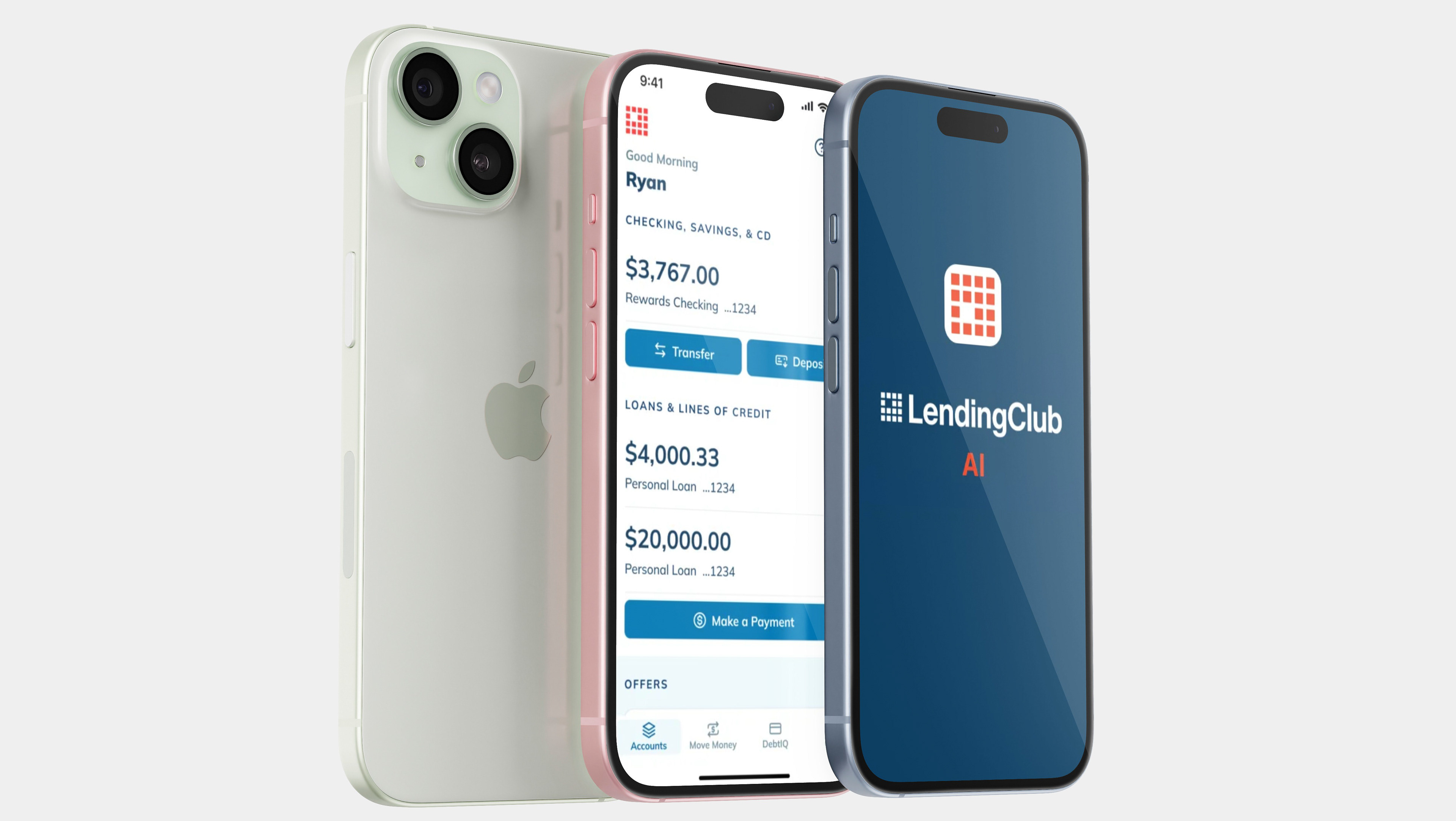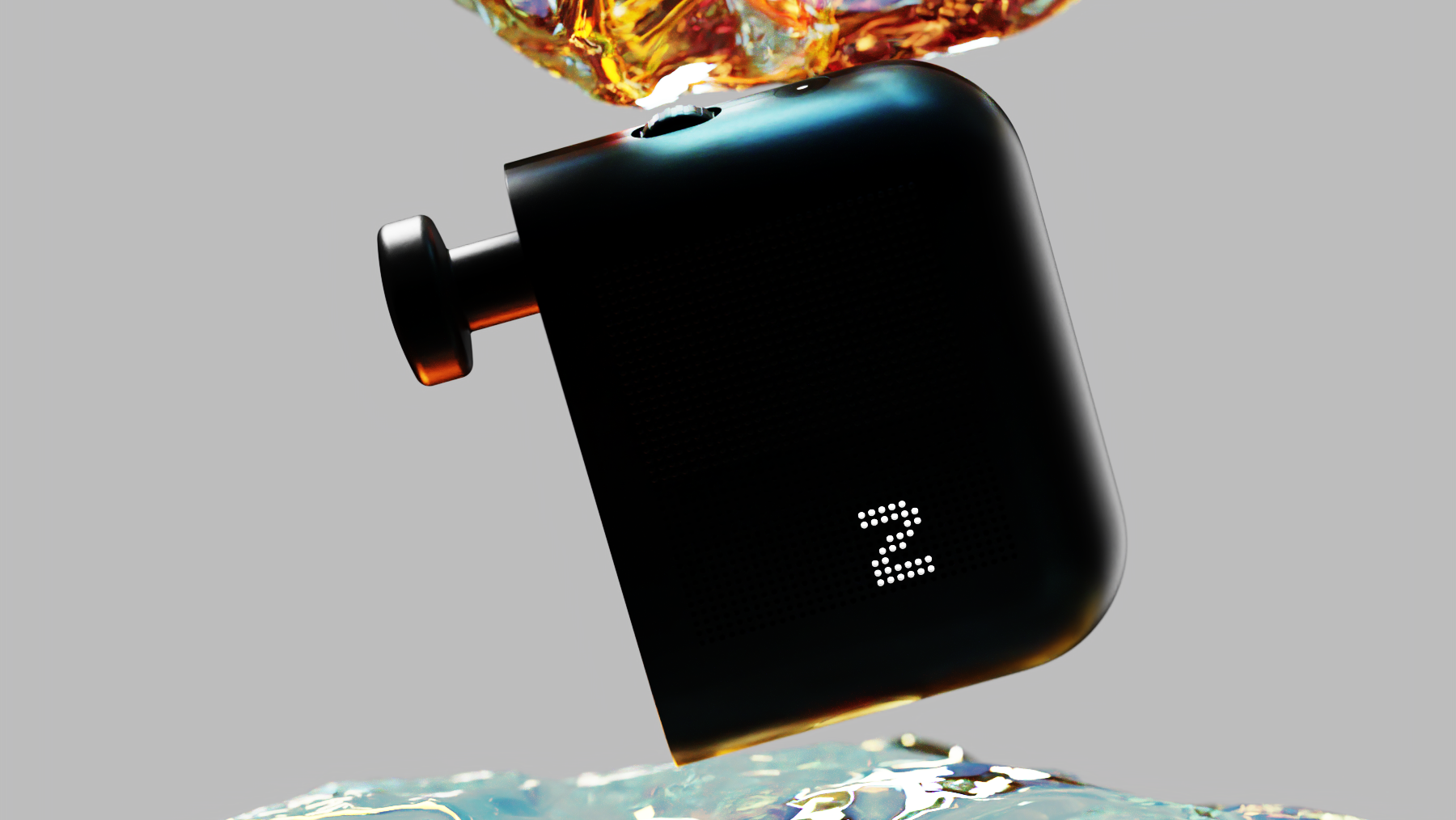Mented - A fruit-wine fermenter for beginner homebrewers
Overview
Mented is a personal project that started because of my interest in making homemade wine. Throughout the process, I discovered user painpoints around getting started in homebrewing as a beginner. I created Mented to try to lower the barrier of entry and focus on the fun adventure that is wine-making. This project won the 2nd place Bredendieck Design Award at Georgia Tech.
Role
Timeline
Team
Industrial Designer
6 weeks
Solo
User - Beginner Wine Makers
The targeted user group for Mented is beginner wine makers. Based on the results from a preliminary survey on the homebrewing subreddit, the demographics are mostly American men around 28-63 years old. These people value durability, accuracy, and safety.
Introduction - How is Wine Made?
The most basic way to make alcohol is to mix sugar water with yeast. Then you put it into an oxygen free environment, and the yeast with eat the sugar to create carbon dioxide and ethyl alcohol. Yeast usually needs more nutrients that just plain, sugar, which is why fruit is much better for this purpose. The fruit provides nutrients and sugar, which allows the yeast to react freely. Grape wine is the most common type of wine, and it's made by crushing grapes to release their sugar-rich juice. The juice and pulp are mixed with yeast and stored in fermenters that keep the oxygen from entering, while also letting the carbon dioxide out. This is done with a one-way valve system. Once the yeast eats all of the sugar, the wine is dumped into a new fermenter without the dead yeast that accumulates at the bottom. This process happens multiple times to get rid of the yeast, and then the wine is ready to be aged. Once the wine has aged for the desired amount, it can be bottled and served. An important thing to note is that the brew must be kept out of sunlight, or it could oxidize and turn into vinegar.
Most commonly, homemade-wine enthusiasts make recipes containing simple fruit juice, sugar and yeast or fruit juice, sugar, yeast, and fruit.
Problem Space
Safety: Some of the main safety concerns of making homemade wine are what are called "bottle bombs", and also Botulism, which is a fatal illness caused by bacteria that could be in the brew. While it's possible to get this illness, it's very unlikely if you sanitize your equipment, which is a vital step in the wine-making process. "Bottle bombs" occur when the one-way valve is clogged with pulp, or the brewer didn't use a valve at all. The carbon dioxide builds up and causes an explosion of yeast and fruit juice.
Confusion: People who start out don't know what they should do first. There are many steps and measurements involved which causes confusion. Because of safety concerns, beginners don't want to risk messing up.
Intimidation: Because there are so many tools that you can buy for wine-making, it can be intimidating for beginners to spend that much. They don't even know if they will stick with this hobby, so introducing all of this technology could be wasteful.
Painpoints
Results from 3 interviews with beginner and expert homebrewers were that there's an unclear amount of fruit for each brew, and this could cause the "bottle bomb". Another complaint was that homebrewing products aren't very visually pleasing. They wouldn't want it to be seen in there kitchen.
How might we design an easy to use wine fermenter that simplifies the initial fermenting cycle.
Works-like Model
FINAL MODEL
Packaging Concept
What did I Learn?
Interacting with users on Reddit can be very beneficial and also unbeneficial. Some of them weren't happy that I was considering improvements for homebrewing. Some of them felt that the process is fun because it's difficult, and if you didn't know what you were doing, that's your fault. This was an interesting perspective, and was opposite of my thought process while going through this.
Wine takes a long time to properly age before it tastes great, which can be annoying for some beginners. A lot of the draw to this hobby is having the patience to wait and reaping the benefits from it.
After getting feedback from users and peers, I realized some improvements could be made. One improvement is having adding a handle to pick up the fermenter. Another recommendation was to allow for writing on the sun cover to show what type of wine it is. Moving forward, I want to also design an app to go along with the fermenter to guide users along the journey.


